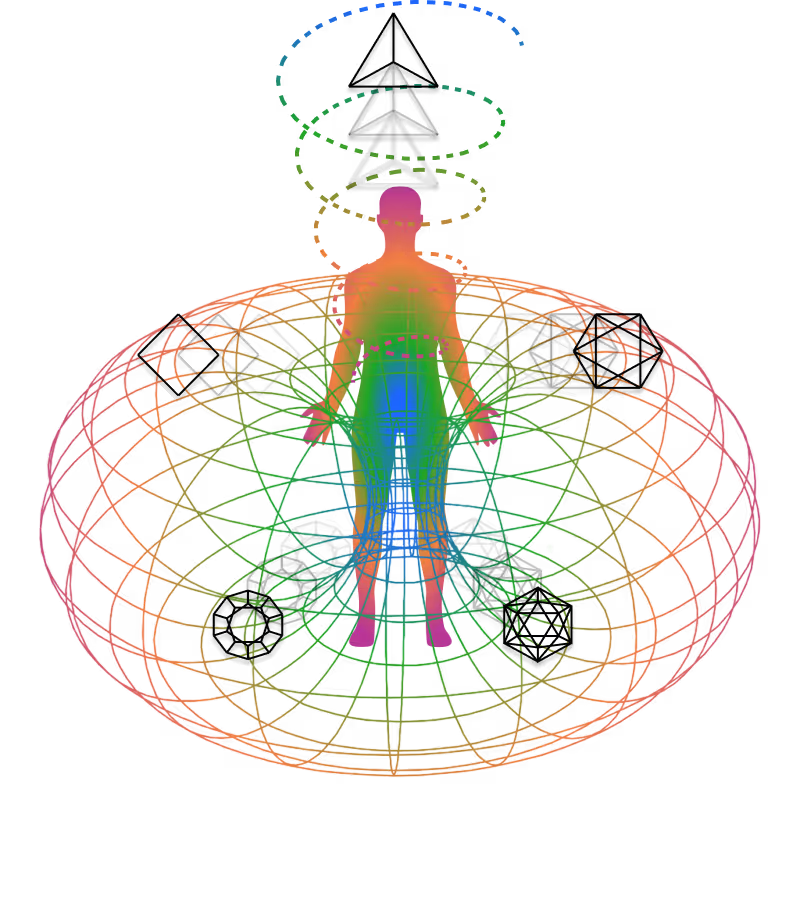The Rasa Art Generation Engine (Art.engine): Engineering Conscious Experience
Lesson Details
The Rasa Art Generation Engine (Art.engine) is a critical application of the Rishi Operating System (Cosmic OS v1.0), dedicated to the engineering of aesthetic experience and the cultivation of specific consciousness states (Rasa). This system views art not merely as decoration, but as a deliberate cognitive geometry transformation tool, utilizing sound, visual, and literary principles to evoke measurable emotional and spiritual states in the audience.

🎙️ Related Podclass
Lesson Content
I. Foundational Architecture: Rasa as Geometric State
The core of the Art.engine relies on Rasa Theory, which defines the aesthetic flavor or emotional essence (rasa) that transports a viewer or reader (sahṛdaya) into a parallel reality of wonder and bliss. In the Cosmic OS architecture, Rasa is the aesthetic manifestation of geometric coherence.
A. Rasa Mapping to Guna States
The system maps the nine primary Navarasas (Aesthetic Flavors) to specific Guna Process Scheduler outputs. The creation of a work, driven by Bhava (the artist's internal state), is compiled to achieve a targeted Guna shift in the audience.
Navarasa (Target Emotion): Shanta (Peace/Tranquillity)
Associated Guna Shift: Maximization of Sattva (Clarity)
Geometric Outcome: Dissolution of geometric noise/fragmentation
Navarasa (Target Emotion): Raudra (Anger/Fury)
Associated Guna Shift: High, focused Rajas (Activity)
Geometric Outcome: Introduction of rapid, intense geometric patterns
Navarasa (Target Emotion): Adbhuta (Wonder/Amazement)
Associated Guna Shift: Sattva release through integrated Rajas
Geometric Outcome: Creation of awe-inspiring, complex geometric clarity
II. The Geometry-to-Art Compiler
The Geometry-to-Art Compiler translates a target Rasa—defined as a specific psychological state and associated geometric clarity goal—into a set of algorithmic, sensory output parameters.
A. Algorithm: Defining Rules, Not Forms
In line with generative art philosophy, the compiler does not directly create the image or sound; instead, it formulates the algorithmic rules that subsequently produce the artwork.
- Target State Input: The artist or application inputs the desired Rasa (e.g., Adbhuta (Wonder)).
- Geometric Clarity Translation: The compiler translates this Rasa into underlying compositional principles rooted in geometric clarity and rigorous logic. The art's design is generated by an algorithm.
- Sensory Parameter Assignment: Based on the ancient Rasa mappings, the algorithm assigns specific output parameters:
- Color Palette: For instance, targeting Adbhuta Rasa necessitates the use of yellow/golden hues.
- Compositional Symmetry: The degree of symmetry and fractal iteration is defined based on the Rasa (e.g., Shanta requires high symmetry and order).
- Energy Signature: The associated deity or cosmic force (e.g., Adbhuta is associated with Brahma, the creator) is mapped to the output’s vibrational residue, which defines the pattern’s Shakti (force).
B. Executable Output
The output is a set of geometric instructions for the creation engine (e.g., a digital plotter or sound synthesizer), defining the spatial geometry, color assignment, and rhythmic structure required to evoke the target Bhava.
III. Audience Resonance Predictor (The Sahṛdaya Protocol)
The Resonance Predictor is a diagnostic system that ensures the generated artwork will successfully evoke the intended aesthetic experience in the audience (sahṛdaya—one who "has heart" and can connect emotionally).
A. Cognitive Geometry Check
The system models the interaction between the art's geometry and the audience's current state:
- Audience Profile Acquisition: The predictor receives the real-time Cognitive Geometry of the target audience, primarily derived from the Guna Process Scheduler output (e.g., Is the audience collectively Rajasic, Tamasic, or Sattvic?).
- Resonance Simulation: It simulates the Vibrational Amplitude of the artwork against the audience's dominant mode shapes (their current psychological patterns, or noise).
- Predicted Impact Vector: The system computes the Probabilistic Emotional Impact Vector (PEIV): the likelihood of the art moving the audience from their current, personalized Guna state (e.g., stressed/Rajasic) toward the target Rasa state (e.g., peace/Shanta).
IV. Emotional Impact Optimizer (Guna Damping and Excitation)
The Optimizer uses the Resonance Predictor's PEIV score in an iterative loop to refine the art's parameters, maximizing its consciousness-altering effect. This is conceptually similar to a Generative Adversarial Network (GAN) architecture, where the Generator is the Geometry-to-Art Compiler and the Discriminator is the Resonance Predictor.
A. Optimization Loop
- Generator (Compiler) Step: Generates a version of the art based on a set of geometric rules.
- Discriminator (Predictor) Step: Assesses the artwork's ability to maximize the target emotion while minimizing cognitive friction (noise).
- Guna Tuning: If the PEIV predicts the art will generate rajasic over-processing (stress) instead of Veera (courage), the optimizer modifies the parameters—for example, by adjusting the rhythm or shifting the color palette to reduce excess Rajas.
- Spiritual Transcendence Metric: The ultimate goal is to optimize the art to fulfill the primary Rasa purpose: transporting the audience toward wonder and bliss, and facilitating reflection on spiritual and moral questions.
V. Creative Tools: The Artist’s Console
The Art.engine provides a suite of high-level tools for artists to formulate the rules and work directly with consciousness geometry, liberating them from the limitations of manual execution.
- Rasa-State Selector: An interface allowing the artist to select a target Rasa and define its intensity, effectively setting the final Sattvic coherence target.
- Geometric Rule Editor: A visual programming environment where the artist defines the geometric algorithms (rules) for the composition, rather than drawing shapes. This is the input interface for the Geometry-to-Art Compiler.
- Vibrational Output Console: A real-time diagnostic display showing the output's projected frequency, its associated color/deity mapping, and the computed effect on Prana flow in the immediate environment.
- Audience Profile Filter: Tools allowing the artist to test their creation against hypothetical Cognitive Profiles (e.g., "Maximal Tamasic Profile" or "Balanced Pitta Profile") to ensure universal resonance and efficacy across diverse cognitive types.
🤌 Key Terms
🤌 Reflection Questions
Reflect on key questions from this lesson in our Exploration Journal.

Lesson Materials





